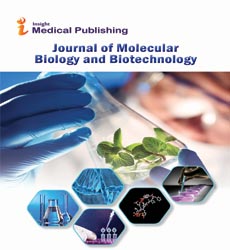Production of Valuable Compost from Sugarcane Wastes
Abstract
In this study, development biofertilizer is produced from sugarcane residues was compared with commercial biological fertilizers. Development Fertilizer from sugarcane wastes have been analyzed chemically and microbiologically. The chemical analysis showed that it contained K, S, Mn and Fe elements and the values were 1.2568, 0.4366, 2.6529 and 9.804 respectively. Factors affecting ripening of the compost and growth of microorganisms in the dander, (temperature, humidity and pH) were monitored. The final values for each were 45, 30 and 8., respectively. The compost ripening was followed by the analysis of organic matter and organic carbon, their respective values were 20.7 and 63.54, respectively, and the C: N ratio was 1:16 upon completion of ripening. The ratio of major elements N, P, K, which was 2.4, 4.78 And 0.06 respectively at the end of the ripening period. Bacterial isolated from sugarcane wastes were belonged to Bacillus genera. whereas fungi were belonged to Aspergillus genera. The development compost was experimented on sandy soil and the growth of the corn plant was monitored throughout the growth period. The largest growth reached by the shoot of the plant is 29.0 cm while it was in the plank 15.0 cm, in the root the largest growth was 19.6 cm while in the blank it is 11.0 cm
Open Access Journals
- Aquaculture & Veterinary Science
- Chemistry & Chemical Sciences
- Clinical Sciences
- Engineering
- General Science
- Genetics & Molecular Biology
- Health Care & Nursing
- Immunology & Microbiology
- Materials Science
- Mathematics & Physics
- Medical Sciences
- Neurology & Psychiatry
- Oncology & Cancer Science
- Pharmaceutical Sciences
